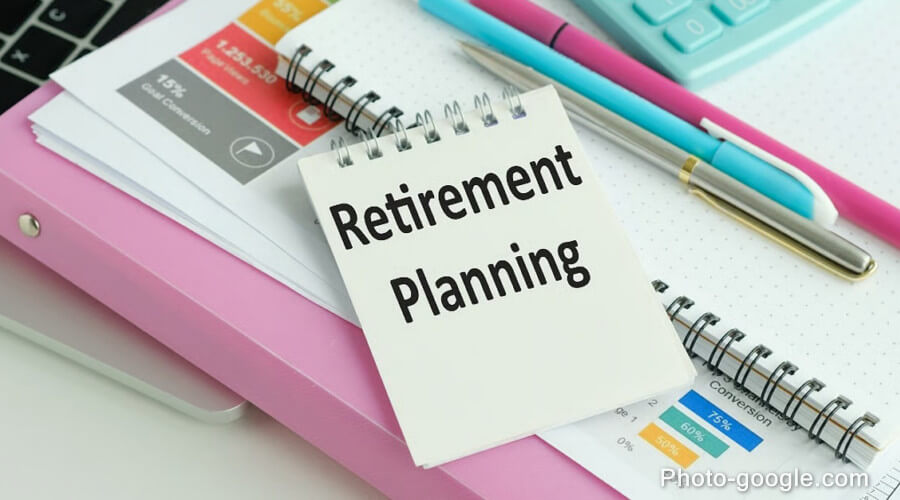Your 30s are a critical decade for building wealth. You are likely earning more than you did in your 20s, and you still have a powerful ally on your side: time. The financial decisions you make now will have a massive impact on the quality of your life in retirement.
But retirement can feel like a distant, abstract concept. The key is to stop thinking about it as just “saving money.” Instead, you should focus on building a powerful, tax-advantaged machine that works for you.
This is not about complicated stock picking. It is about following a simple, proven, step-by-step plan. This guide will give you the exact steps to take in your 30s to secure a prosperous and tax-free future.
The Power of Compounding in Your 30s
Every dollar you invest in your 30s is a super-dollar. Thanks to the magic of compound interest, it has 30+ years to grow. A single dollar invested at age 30 could be worth $15 or more by the time you retire. A dollar invested at age 50 might only be worth $3.
Your 30s are your peak opportunity to let time do the heavy lifting for you.
Your Step-by-Step Retirement Plan
Follow these steps in this exact order. Do not move to the next step until you have completed the one before it. This is the most efficient path to building wealth.
Step 1: Secure Your 401(k) Match (The Free Money)
If your employer offers a 401(k) retirement plan with a company match, this is your absolute first priority. A typical match might be “50% of the first 6% of your salary.”
This is free money. It is a guaranteed 50% or 100% return on your investment. There is no other investment in the world that offers this.
Your Action: Contribute just enough to your 401(k) to get the full company match. Do not contribute a penny more just yet. If you are unsure about your company’s policy, contact your HR department today.
Step 2: Max Out Your Roth IRA (The Tax-Free Powerhouse)
Once you have secured your free money, it is time to open a Roth IRA. A Roth IRA is a type of individual retirement account that is a true superpower for wealth building.
You contribute money that you have already paid taxes on (post-tax). In return, that money grows completely tax-free forever. When you withdraw it in retirement, you will not pay a single penny in taxes. This is a massive advantage, especially as tax rates may rise in the future.
Your Action: Open a Roth IRA at a low-cost brokerage like Vanguard, Fidelity, or Charles Schwab. Contribute the maximum amount allowed each year. For 2024, the limit is $7,000 for individuals under 50. You can learn more about the rules on the official IRS website.
Step 3: Max Out Your Health Savings Account (HSA)
The Health Savings Account (HSA) is the most underrated retirement tool in existence. If you have a high-deductible health plan (HDHP), you are eligible to contribute to an HSA.
An HSA has a unique triple tax advantage:
-
Your contributions are tax-deductible.
-
Your money grows tax-free.
-
Your withdrawals are tax-free when used for qualified medical expenses.
Many people use their HSA to pay for current medical bills. The secret of wealthy individuals is to pay for medical expenses out-of-pocket and let the HSA grow as a stealth retirement account. After age 65, you can withdraw money from your HSA for any reason, and it will be taxed just like a traditional IRA.
Your Action: If you have an HDHP, open an HSA and contribute the maximum amount. Invest the funds within your HSA in low-cost index funds.
Step 4: Go Back and Max Out Your 401(k)
Now that you have maxed out your Roth IRA and HSA, it is time to return to your 401(k). Your goal is to contribute as much as possible up to the annual federal limit.
This money is contributed pre-tax, which lowers your taxable income today. It will grow tax-deferred, and you will pay income tax on the withdrawals in retirement. Combining this with your tax-free Roth IRA gives you incredible tax flexibility in your later years.
Your Action: Increase your 401(k) contribution percentage until you hit the annual maximum.
Step 5: Invest in a Standard Brokerage Account
If you have completed all the steps above and still have money left to invest, congratulations. You are in a fantastic position. Now you can open a standard, taxable brokerage account.
There are no contribution limits here. This account can be used for goals that come before retirement, like buying a house or simply building additional wealth.
What Should You Invest In?
Inside each of these accounts, you need to actually invest the money. For most people in their 30s, the simplest and most effective strategy is to invest in a low-cost, broadly diversified index fund or ETF. A simple three-fund portfolio is an excellent, time-tested strategy.
Consider funds like:
-
A Total Stock Market Index Fund (e.g., VTSAX)
-
A Total International Stock Market Index Fund (e.g., VTIAX)
-
A Total Bond Market Index Fund (e.g., VBTLX)
This approach is simple, low-cost, and has historically produced excellent long-term results.
Your Future Self is Counting on You
Retirement planning in your 30s does not have to be complex. It is about creating a simple, automated system that puts your money to work in the most tax-efficient way possible.
Follow these five steps in order. Be consistent. Be patient. The disciplined investor you are today is building a life of freedom and security for the person you will be tomorrow.
You Can Also Read HERE More About This Article.

Leave a Reply